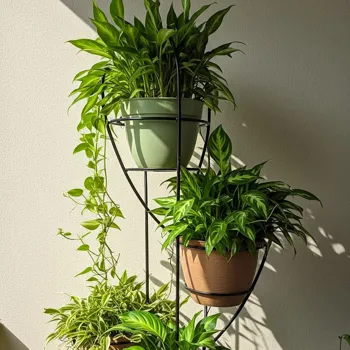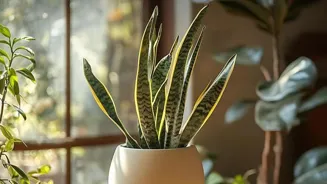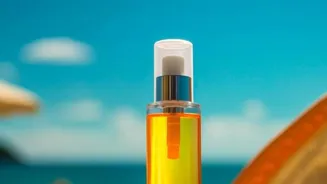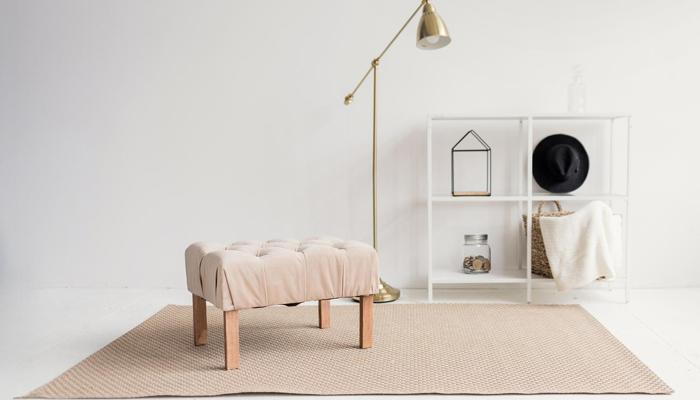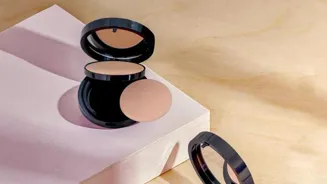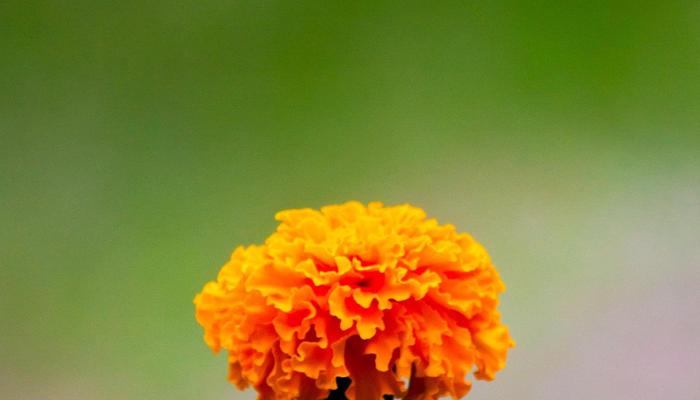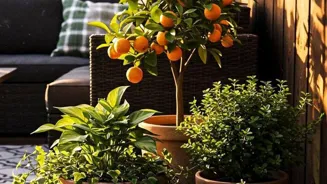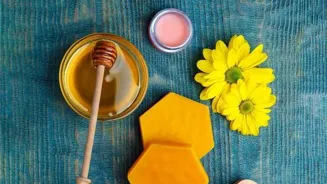Discover 7 essential tips for thriving indoor plants in Indian homes! Transform your space into a lush jungle. Read more
Namaste, green thumbs! Are you wanting to bring a slice of nature inside your homes
but feeling frustrated with struggling indoor plants? Don't worry, you're not alone. Many Indian homes face unique challenges like varying humidity, intense sunlight, and space constraints.

But with a few clever gardening hacks, you can transform your home into a thriving indoor jungle. Let's explore seven simple yet effective tips to help your indoor plants flourish in the Indian environment.
Understand plant light requirements for happy plants indoors
First, understand the light requirements of your plants. Different plants need different amounts of sunlight. Some, like snake plants and ZZ plants, can tolerate low light conditions and are perfect for apartments with limited sunlight.
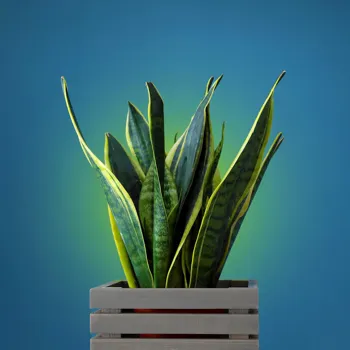
Others, like hibiscus or bougainvillea, need bright, direct sunlight and will thrive near a sunny window or balcony. Observe how much light your plants are actually getting and adjust their location accordingly.
You can also supplement natural light with grow lights if needed, especially during monsoon season when sunlight is scarce. Knowing your plants well is the first step for them to stay happy.
Mindfully water plants to avoid overwatering and root rot. Check soil moisture before watering
Next, water your plants mindfully. Overwatering is a common mistake that can lead to root rot and ultimately kill your plant. Before watering, always check the soil moisture. Stick your finger about an inch into the soil. If it feels dry, it's time to water.
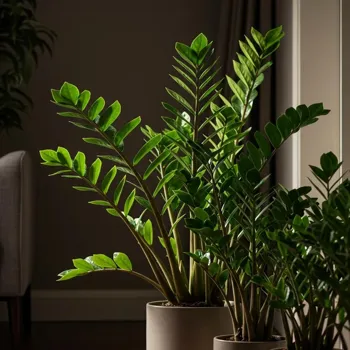
If it feels moist, wait a day or two and check again. When you do water, water thoroughly until water drains out of the drainage holes. This ensures that the entire root ball is moistened.
Remember, different plants have different watering needs, so research the specific requirements of your plants. Also, use water at room temperature, as very cold water can shock the roots.
Proper drainage crucial for healthy plants, prevent root rot
Now comes the importance of proper drainage. Make sure your pots have adequate drainage holes to allow excess water to escape. Stagnant water can lead to root rot and fungal diseases. You can also add a layer of gravel or pebbles at the bottom of the pot to improve drainage.
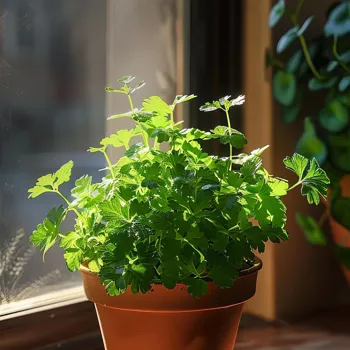
When repotting, choose pots that are only slightly larger than the previous one. A pot that is too large can retain too much moisture, also leading to root issues. Good drainage is what keeps the plants breathing and healthy.
Use well-draining potting mix for healthy indoor plants
Consider using a well-draining potting mix. Regular garden soil can be too heavy for indoor plants, as it retains too much moisture and doesn't allow for proper aeration. A good potting mix should be lightweight and porous, allowing water to drain freely while still providing nutrients to the plant.

You can either buy a commercially prepared potting mix or make your own by mixing equal parts of garden soil, compost, and cocopeat or perlite. This kind of mix will help in the growth of your plants.
Maintaining humidity crucial for plant health in Indian homes
Humidity levels are another crucial factor, especially in Indian homes where humidity can fluctuate drastically depending on the season. Many indoor plants, like ferns and orchids, prefer high humidity levels, while others, like succulents and cacti, can tolerate drier conditions.
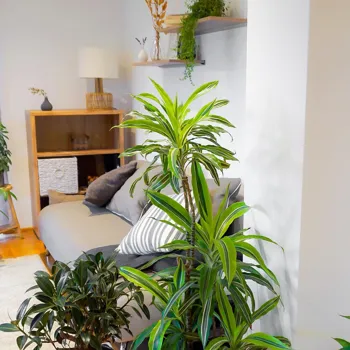
To increase humidity around your plants, you can group them together, place them near a humidifier, or put them on a tray filled with pebbles and water. As the water evaporates, it will create a more humid microclimate around the plants.
Monitoring and adjusting humidity is essential for happy plants.
Fertilize indoor plants regularly for optimal growth and appearance
Lastly, don't forget to fertilize your plants regularly. Indoor plants rely on you to provide them with the nutrients they need to grow. During the growing season (spring and summer), fertilize your plants every 2-4 weeks with a balanced liquid fertilizer.
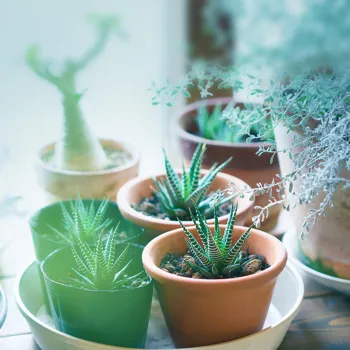
Dilute the fertilizer according to the instructions on the label to avoid burning the roots. During the dormant season (fall and winter), reduce fertilization to once every 2-3 months or stop altogether. A plant that is fed well will give back in it's appearance.
Clean plant leaves to thrive indoors, enjoy nature at home
Remember to also clean the leaves of your plants regularly with a damp cloth. Dust and dirt can accumulate on the leaves, blocking sunlight and hindering photosynthesis. A gentle wipe-down will keep your plants looking their best and allow them to thrive.
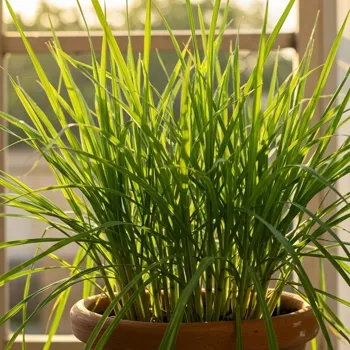
By following these simple tips, you can create a thriving indoor garden in your Indian home and enjoy the beauty and benefits of nature all year round. Happy gardening!
Use banana peels to nourish rose plants for health
A good trick to remember is to use banana peels. Instead of throwing them away, bury them around your rose plants for potassium-rich nourishment. It's a natural and sustainable way to boost their health and flowering.
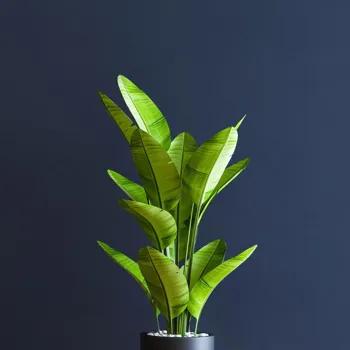
Crush eggshells for plants, add calcium to soil
Another helpful hack is to use eggshells. Crush them and sprinkle them around acid-loving plants like azaleas and gardenias to add calcium to the soil. This helps strengthen their cell walls and prevent blossom-end rot.
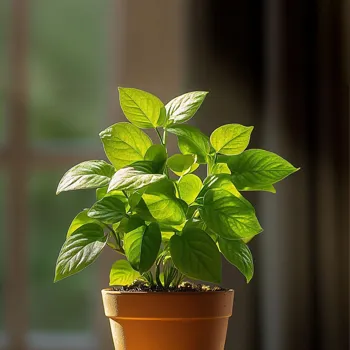
Neem oil: natural pest control for plants
For a natural pest control solution, mix neem oil with water and spray it on your plants to get rid of aphids, mealybugs, and other common pests. Neem oil is a safe and effective alternative to chemical pesticides.
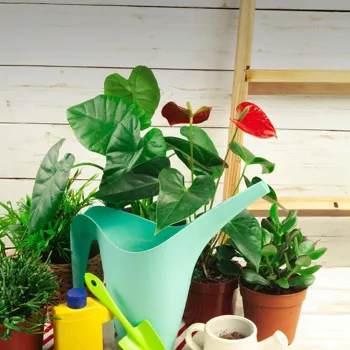
Let hard tap water sit overnight before watering plants
If you have hard tap water, let it sit out overnight before using it to water your plants. This allows the chlorine and other chemicals to evaporate, which can harm sensitive plants.
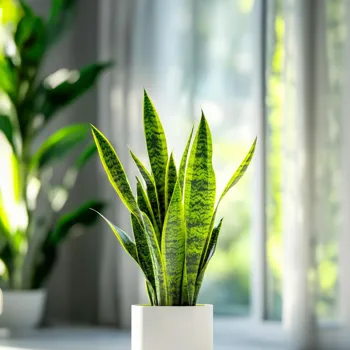
Coffee grounds acidify soil for plants; offer nitrogen & nutrients
Use coffee grounds to acidify the soil for plants like blueberries and hydrangeas. Coffee grounds also provide nitrogen and other beneficial nutrients.
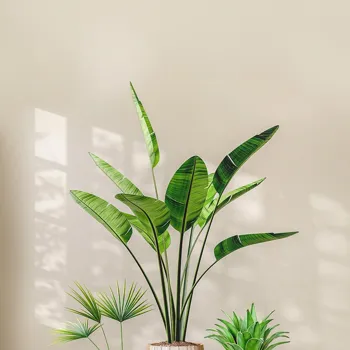
Propagate plants by taking cuttings to expand indoor garden
Consider propagating your plants. Instead of buying new plants, you can easily propagate your existing ones by taking cuttings and rooting them. This is a great way to expand your indoor garden without spending any money.
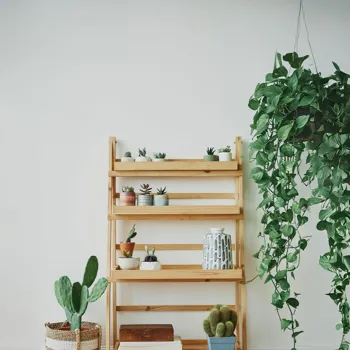
Talking to plants helps them grow and thrive
Finally, talk to your plants! Studies have shown that plants respond to sound and vibration. Talking to your plants may seem silly, but it can actually help them grow and thrive.
